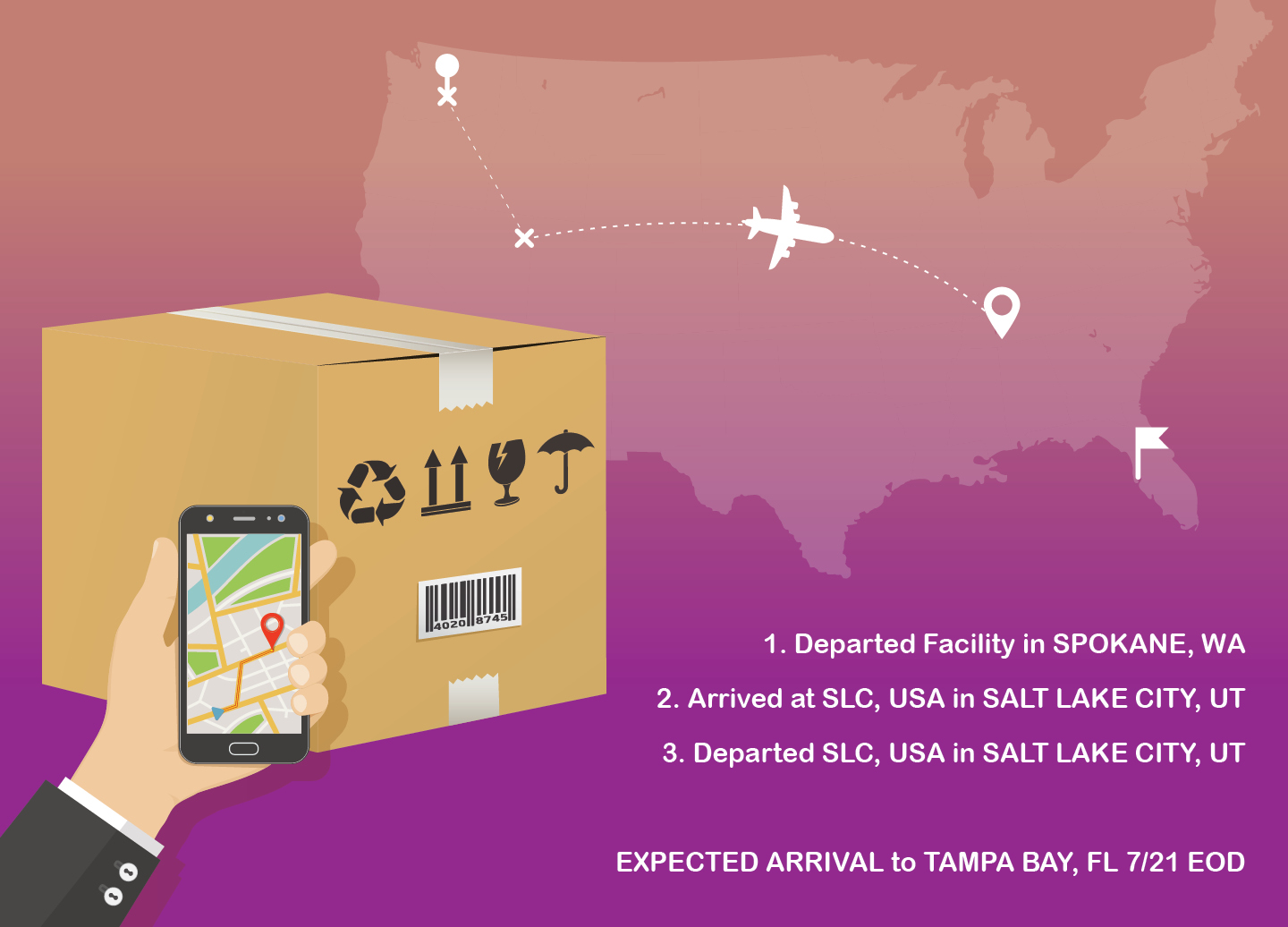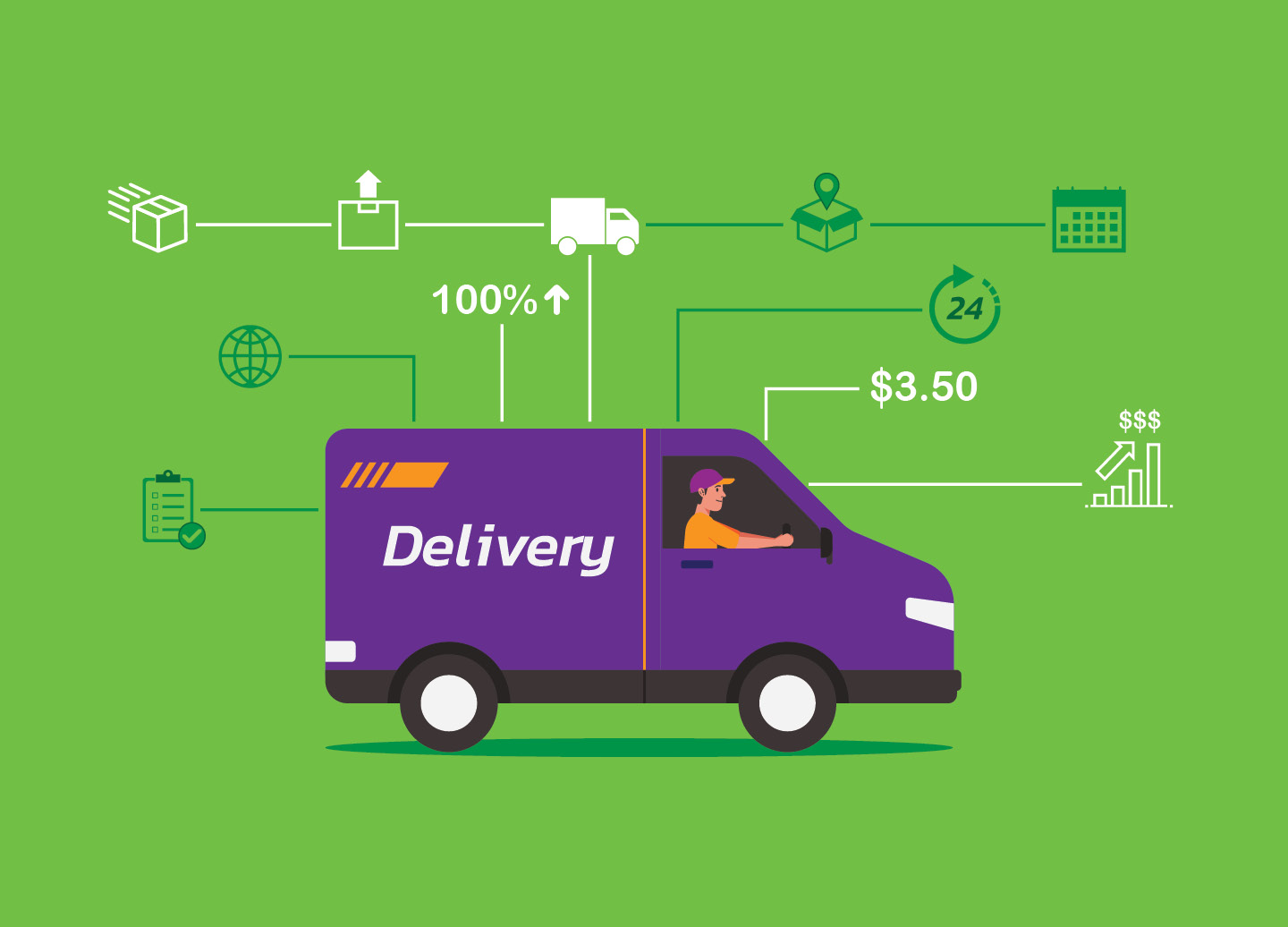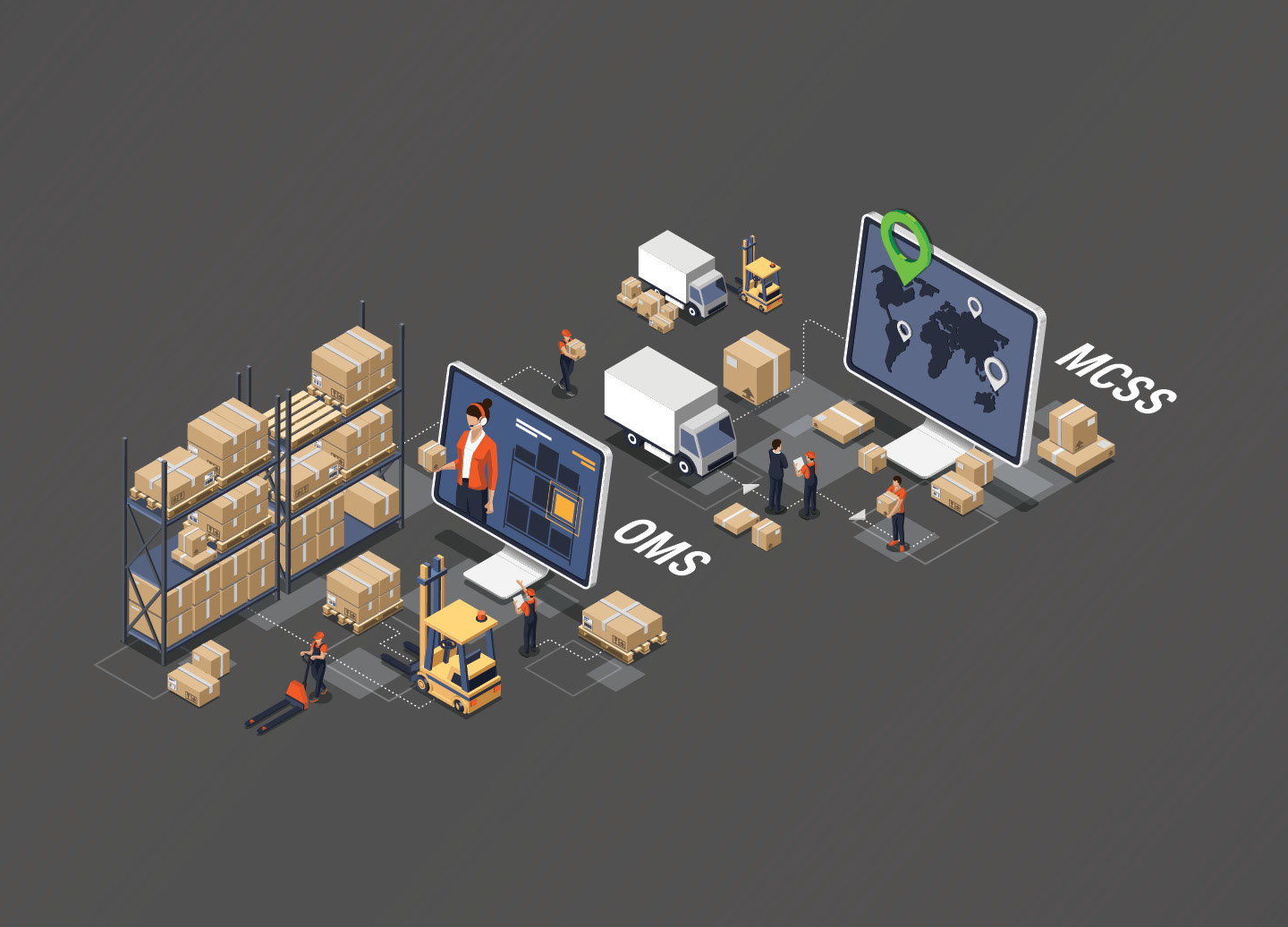Learn more about the two types of shipment tracking and what role software plays.
Written by ProShip’s Clint Boaz, Senior Sales Engineer and Jeff Lukaszewski, Director of R&D
The start of 2021 has already established a baseline for increased online shopping, and with peak season just around the corner, shippers should be prepared with order fulfillment strategies and software that can handle the pressure [Learn some tips and tricks here]. With the recent surge in e-commerce transactions, the corresponding surge in communications with customers about their purchases is unsurprising. While all online merchants want to keep these customer contacts happy to drive five-star reviews, all merchants must deal with WISMO (Where Is My Order?) requests from their customers. And when the customers come asking, you had better have the answer! To get that answer, let’s talk about shipment tracking.
It’s true that carriers generally do a great job of not only capturing the status of shipments that move through their networks but also making this data available. How you access and consume this data can make a crucial difference in the customer experience and in the efficiency of operations.
Checking the tracking status of a shipment can be either reactive or proactive. With reactive tracking, you are looking up the status of a specific shipment in response to a WISMO request. The individual checking the status could be one of your customer service staff or a customer doing a self-serve lookup using the order details you provided. To effectively answer reactive tracking questions—in a matter of seconds rather than minutes—it is critical to have the tracking number or associated reference numbers (sales order, invoice, etc.) readily available at the fingertips of your staff or customers. In addition, either the last known tracking status or at least a quick link to the carrier’s tracking page should be easily accessible. Customer service staff may need these details in a Customer Relationship Management (CRM) system or in a dedicated shipping dashboard. Customers will want these details in their order confirmation email or on your website. Integrating this data into these systems is a critical part of deploying a shipping solution, only made possible by a well-balanced Enterprise Software Stack (ESS). [Learn how multi-carrier shipping software helps!]
With proactive tracking, your supply chain systems actively query the tracking status for all your shipments and look for anomalies. Many carriers raise a flag in their tracking data when an exception occurs, for example, a weather-related delay that could impact a shipment’s expected arrival. Proactively checking the tracking status allows you to notify your customers that their shipment may be delayed in an expedited manner.
It’s important to note that many shippers send out shipment, exception, and delivered notification emails as a part of their standard shipping process. While this could be handled by the shipper as apart of their standard order process in a part of their CRM system or other software, a multi-carrier shipping software can also assist with this using their complex business rule capabilities. [See more on Complex Business Rules.] National carriers, like UPS and FedEx, also offer notification services to update customers on the progress of their shipments. End-users, whether residential or commercial can sign up for carrier tracking software and alerts through major carriers as well.
Gathering tracking data and making it accessible drives customer satisfaction and customer service efficiency, but it can be used in other ways. It allows you to measure the expected number of transit days from your facilities to delivery points all over the world. This data can provide a good perspective on the health and efficiency of the delivery networks you have established with your carrier partners and pinpoint any areas where you may be struggling. It allows you to create a more predictable distribution model and make the necessary adjustments to your carrier and service mix within your logistics systems in order to achieve it. [Learn more about Carrier Diversification]
The best shippers know their shipping profile forwards and backwards and know when they need to onboard new carriers. Even regional carriers should have tracking data available in a way that can be consumed by customers. In addition, an elite multi-carrier software system will normalize the tracking data across all carriers as much as possible.
You may also like…

 Back to Blog
Back to Blog






